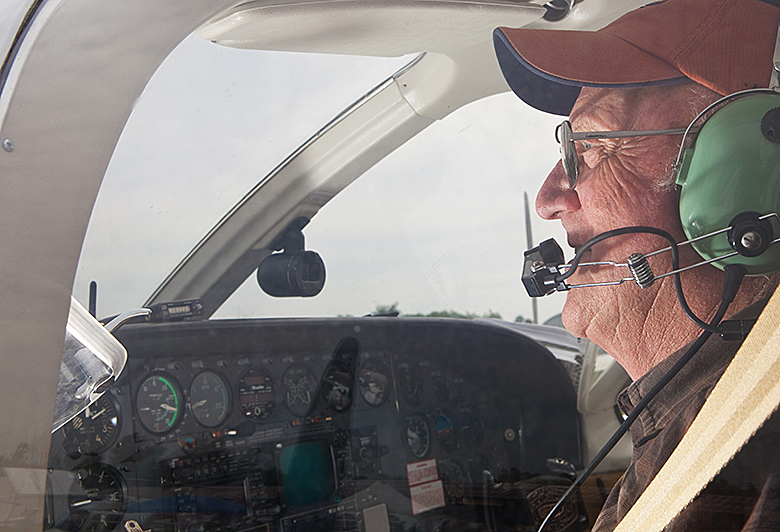
1. Which basic flight maneuver increases the load factor on an airplane as compared to straight-and-level flight?
A. Turns
B. Stalls
C. Climbs
D. Descents
2. Which instrument(s) will become inoperative if the static vents become clogged?
A. Airspeed only
B. Airspeed and altimeter
C. Vertical speed and altimeter
D. Airspeed, altimeter and vertical speed
3. If a flight is made from an area of low pressure into an area of high pressure without the altimeter setting being adjusted, the altimeter will indicate:
A. Lower than the actual altitude above sea level
B. The actual altitude above sea level
C. Higher than the actual altitude above sea level
4. Why is frost considered hazardous to flight?
A. Frost slows the airflow over the airfoils, thereby increasing control effectiveness.
B. Frost changes the basic aerodynamic shape of the airfoils, thereby decreasing lift.
C. Frost spoils the smooth flow of air over the wings, thereby slowing airflow over the airfoil, resulting in decreased lift
D. Frost can built to the point of causing a sudden pitch-down attitude
5. How can an initial approach fix be identified on a Standard Instrument Approach Procedure (SIAP) Chart?
A. All fixes that are labeled IAF which are depicted on the plan view
B. Any fix depicted which is located on the final approach course
C. Any fix depicted which is located on the final approach course prior to the final approach fix
6. Which procedure should be followed by a pilot who is circling to land in a Category B airplane, but is maintaining a speed 5 knots faster than the maximum specified for that category?
A. Use the approach minimums appropriate for Category B
B. Use the approach minimums appropriate for Category C
C. Divert to another airport
D. Announce intentions to ATC
Answers:
1. A; 2. D; 3. A; 4. C; 5. A; 6. B



